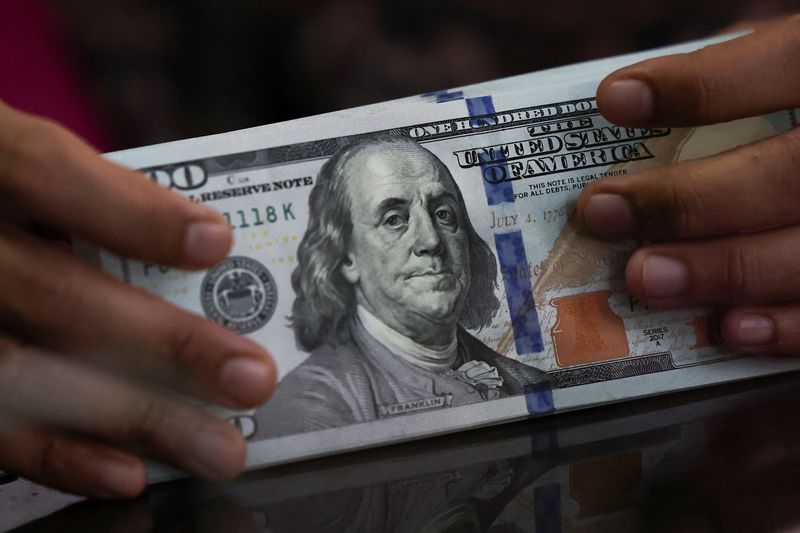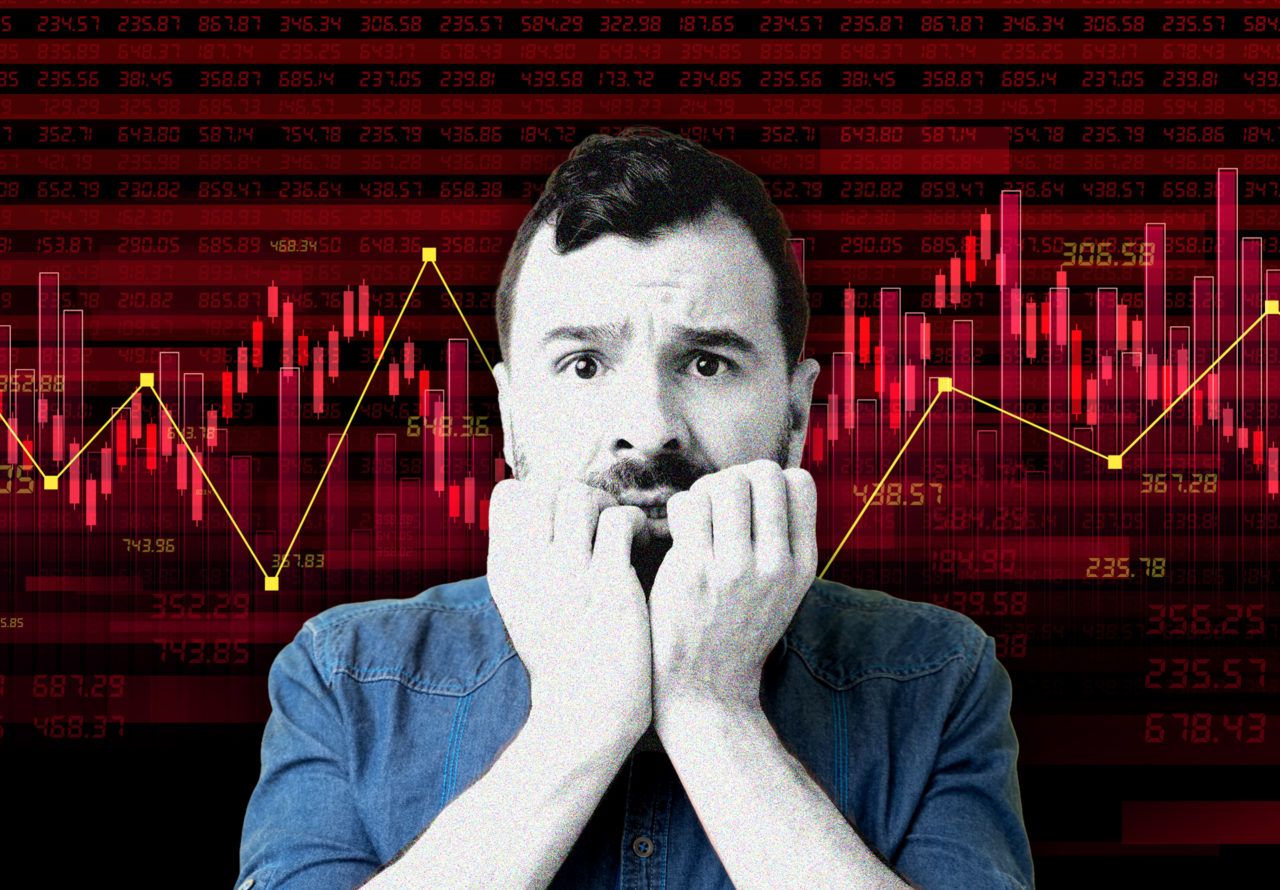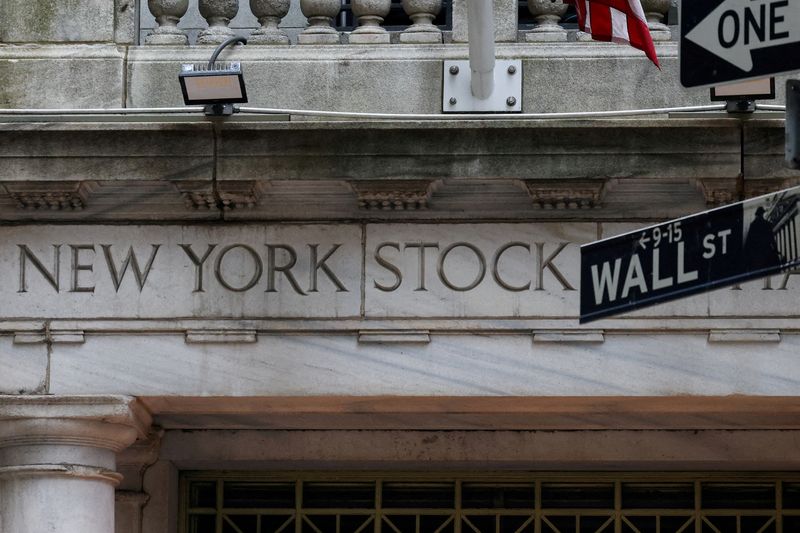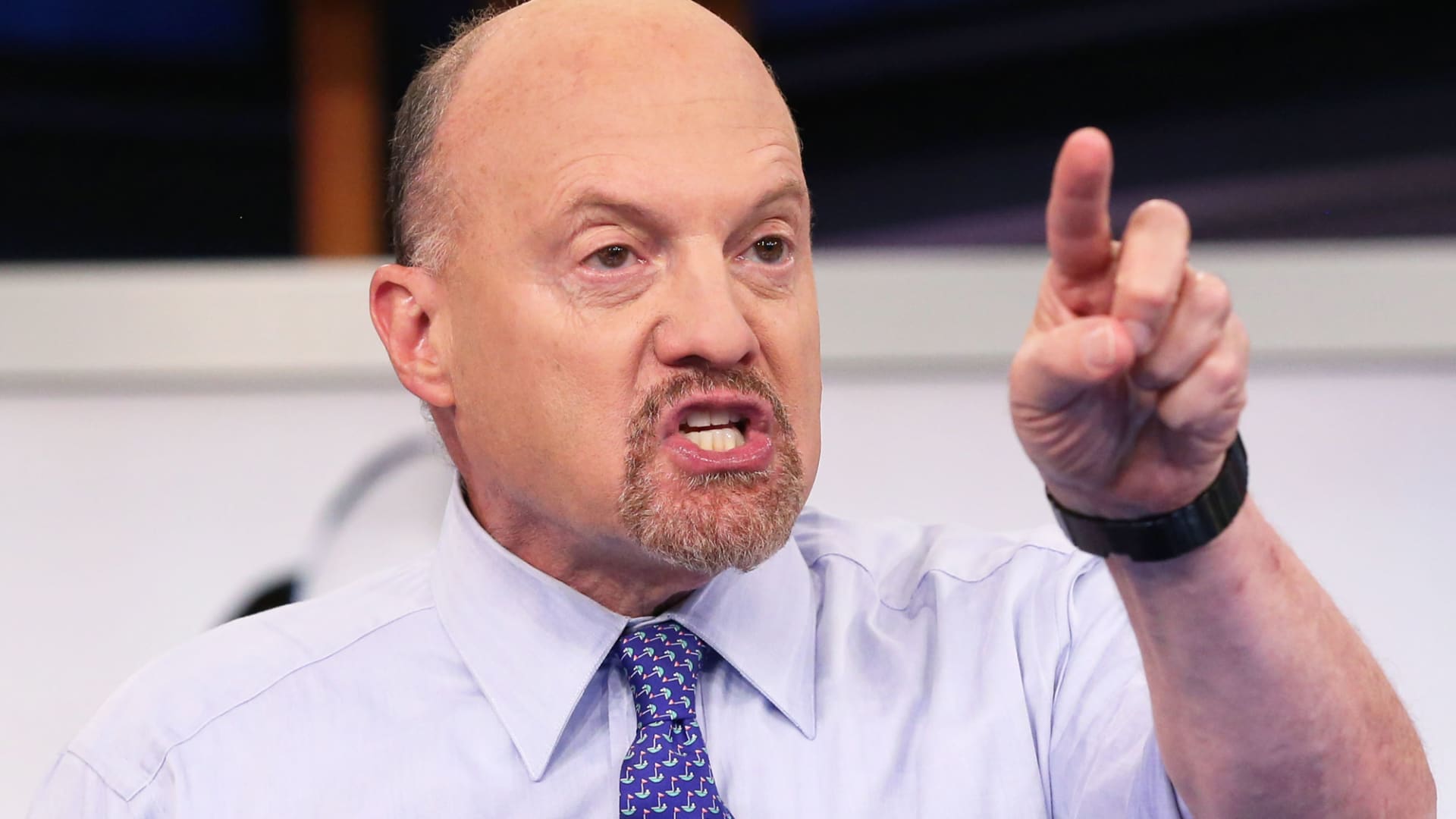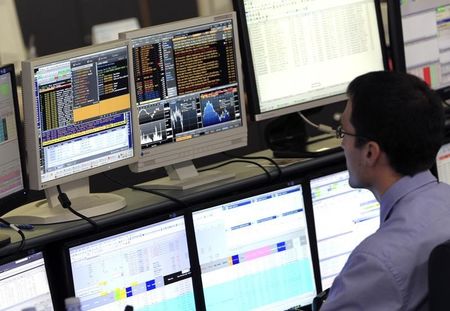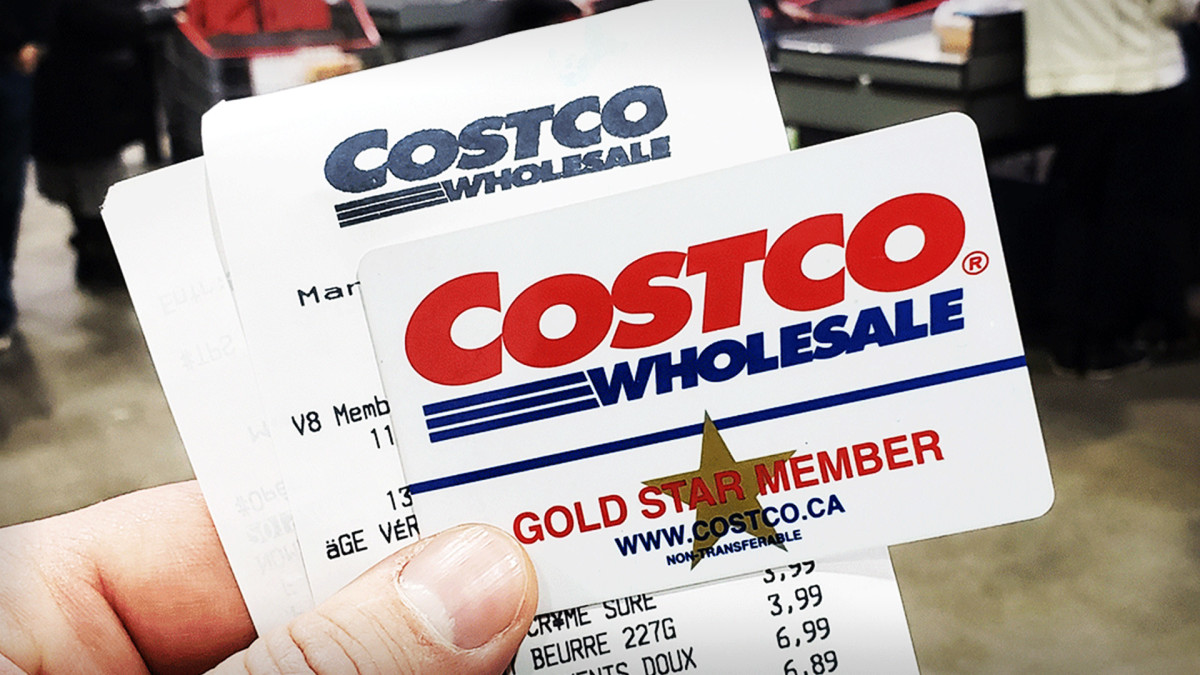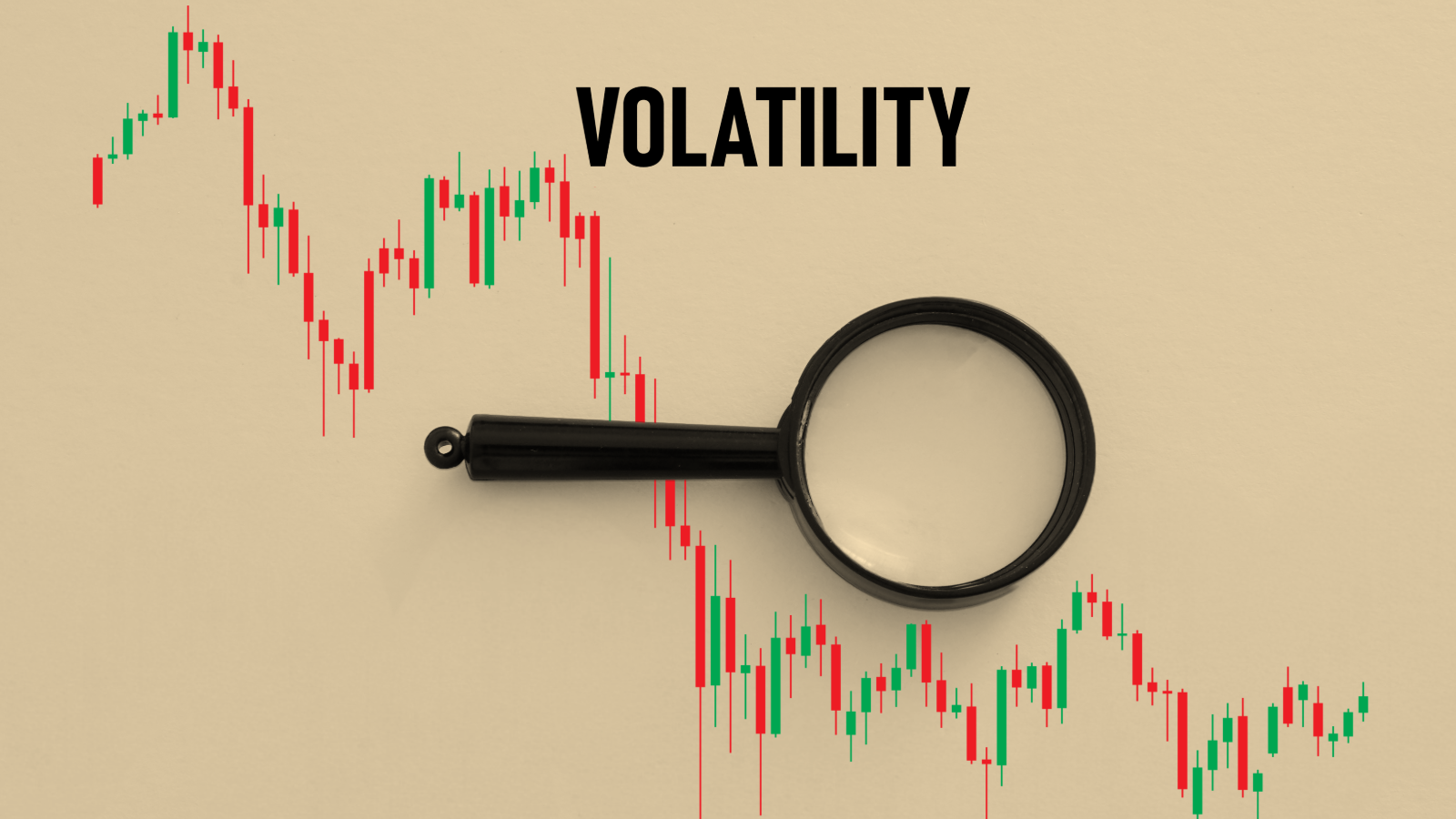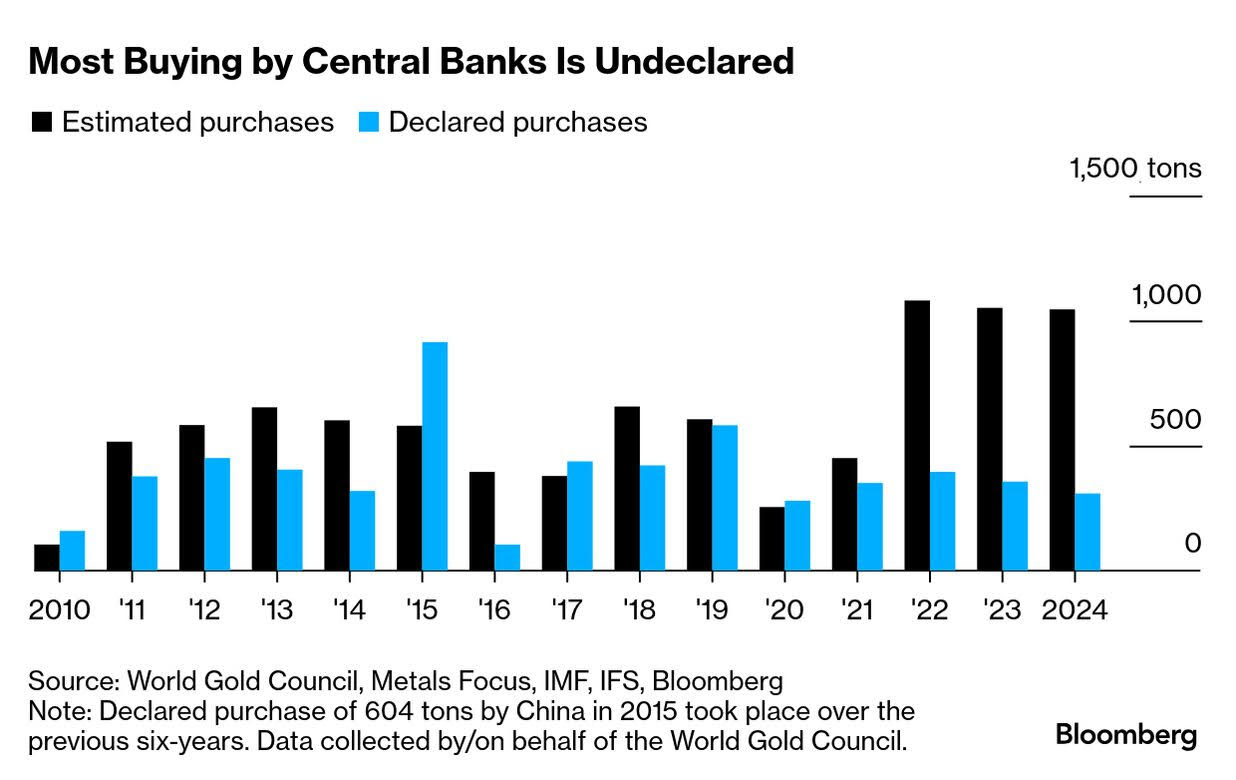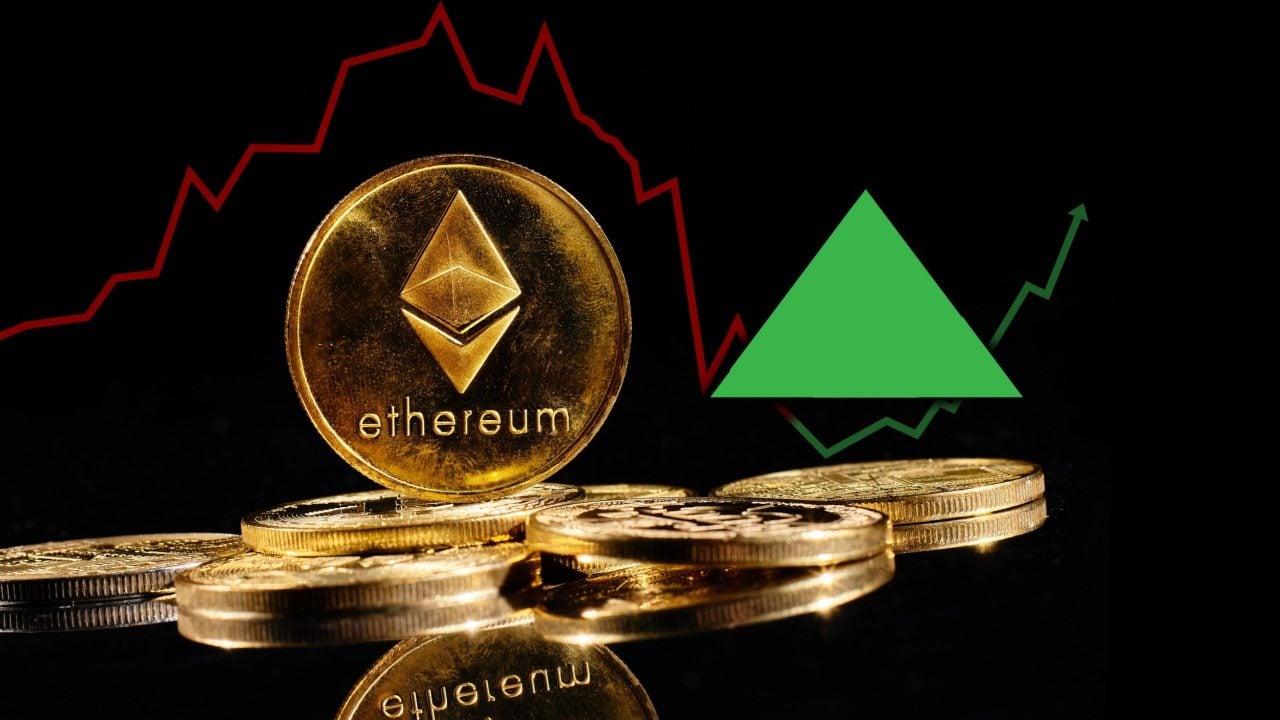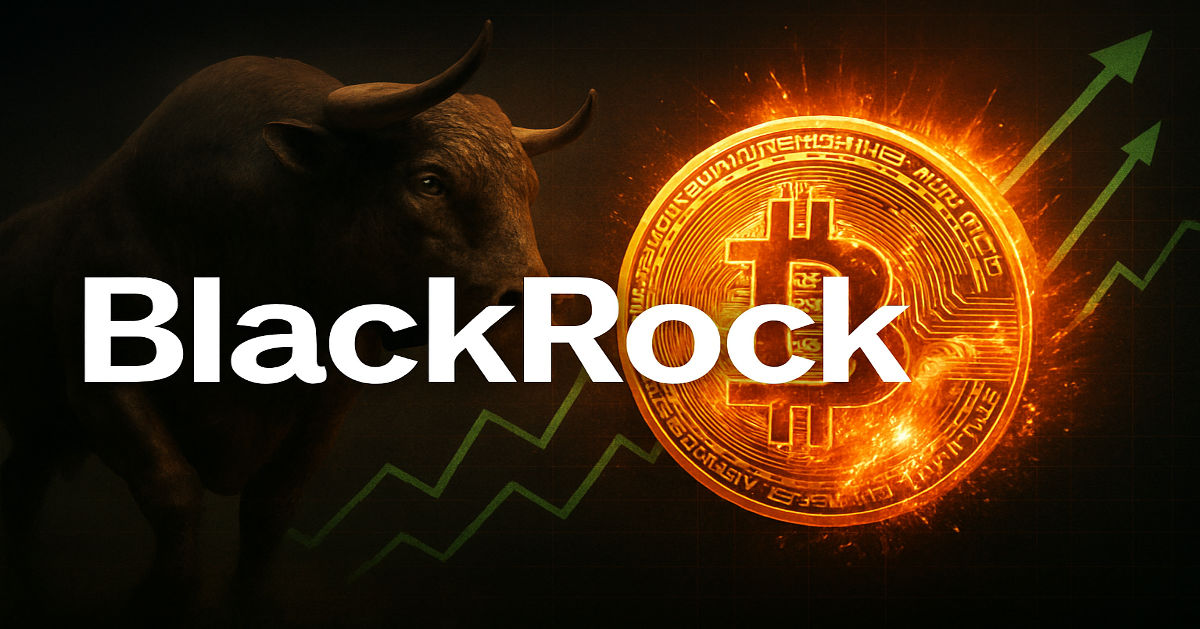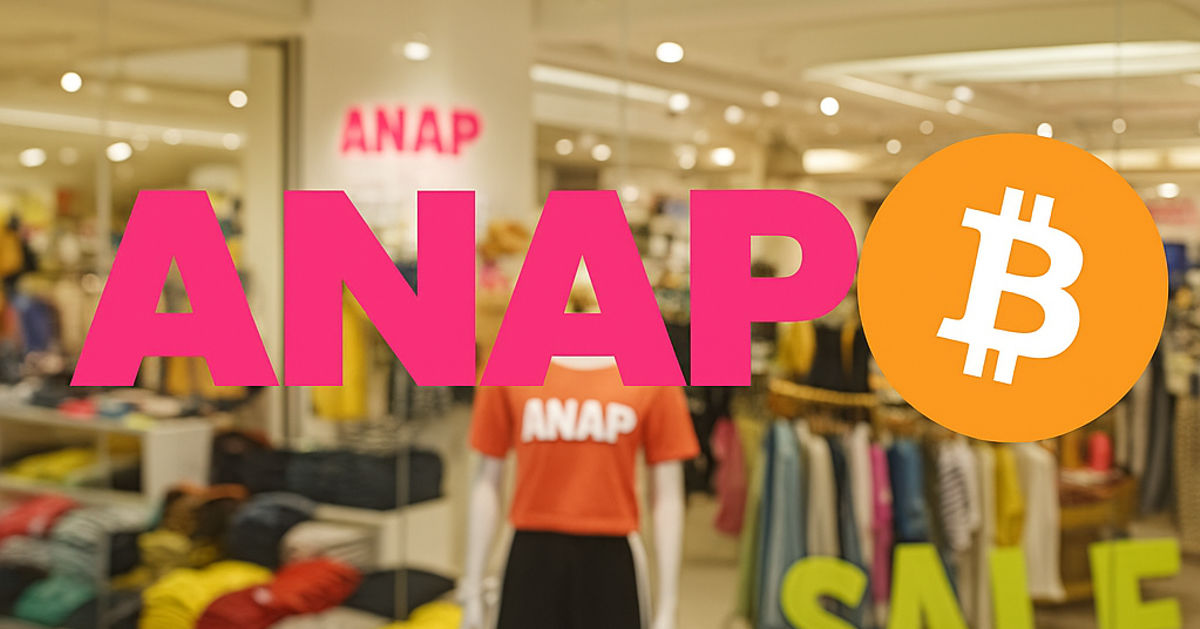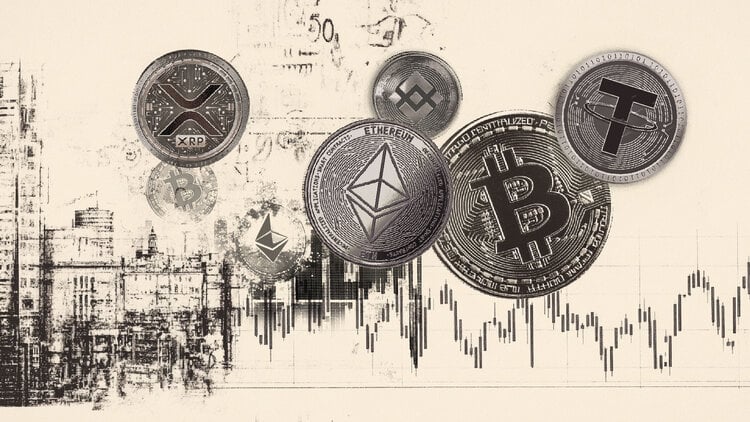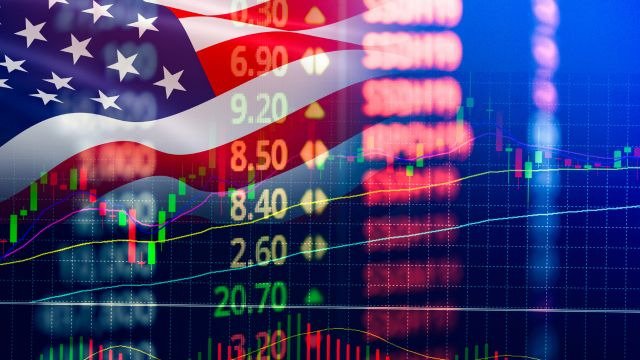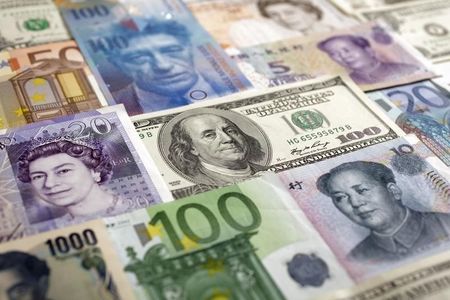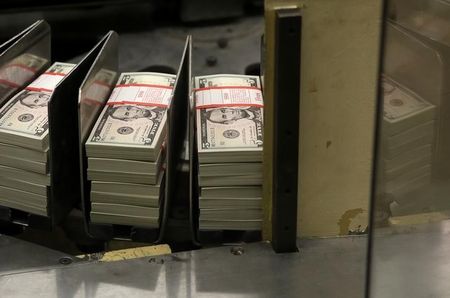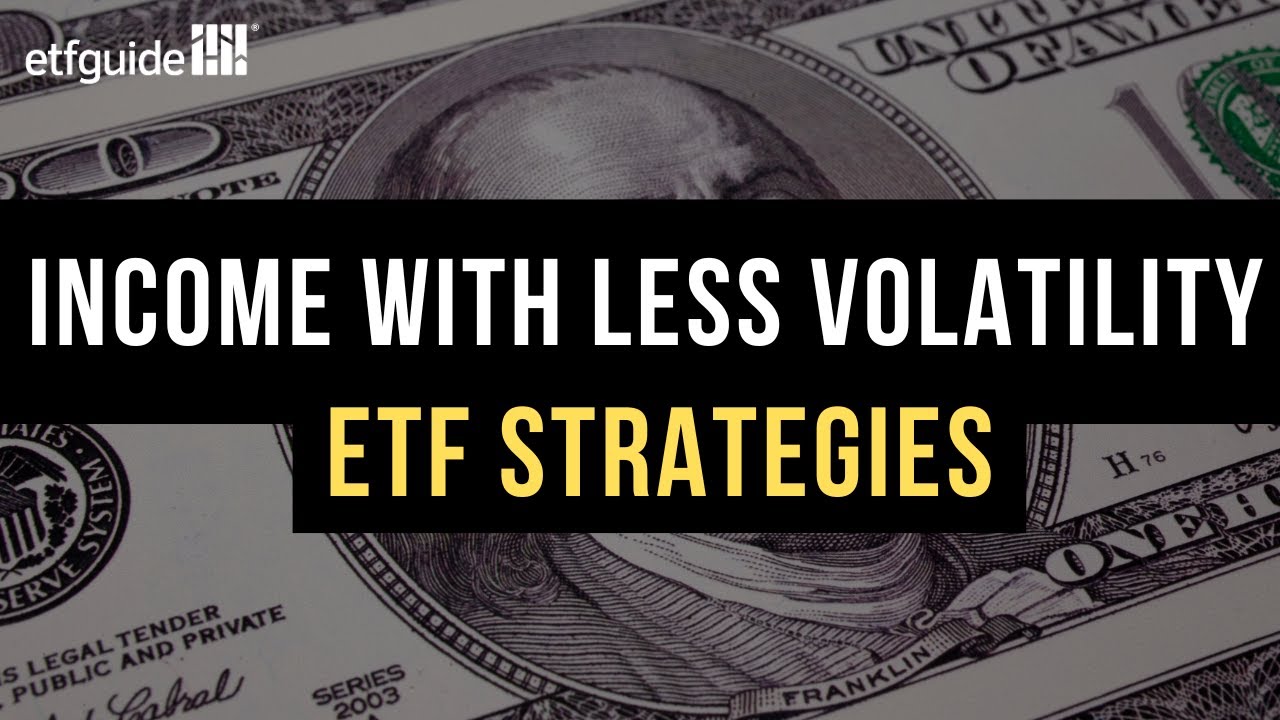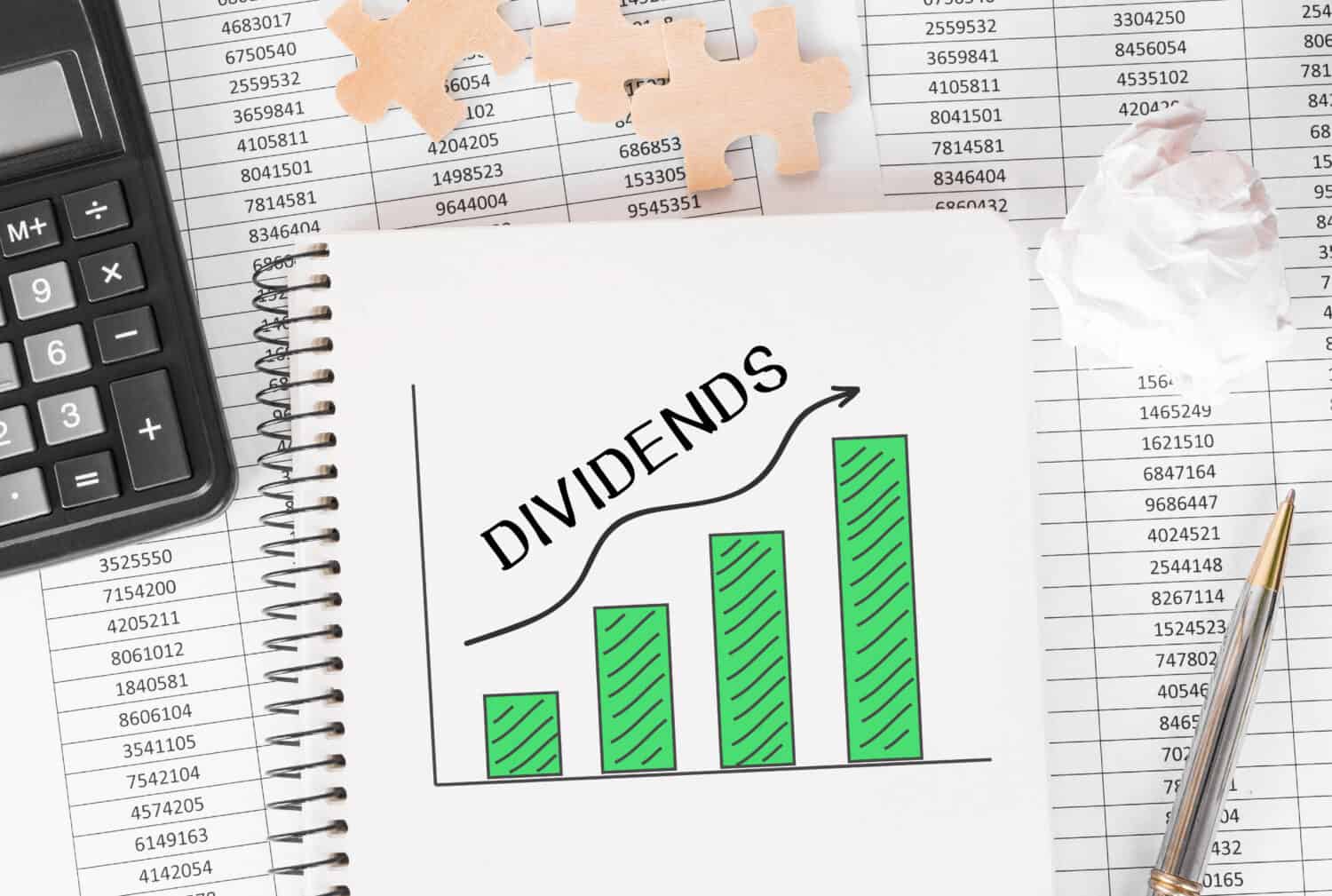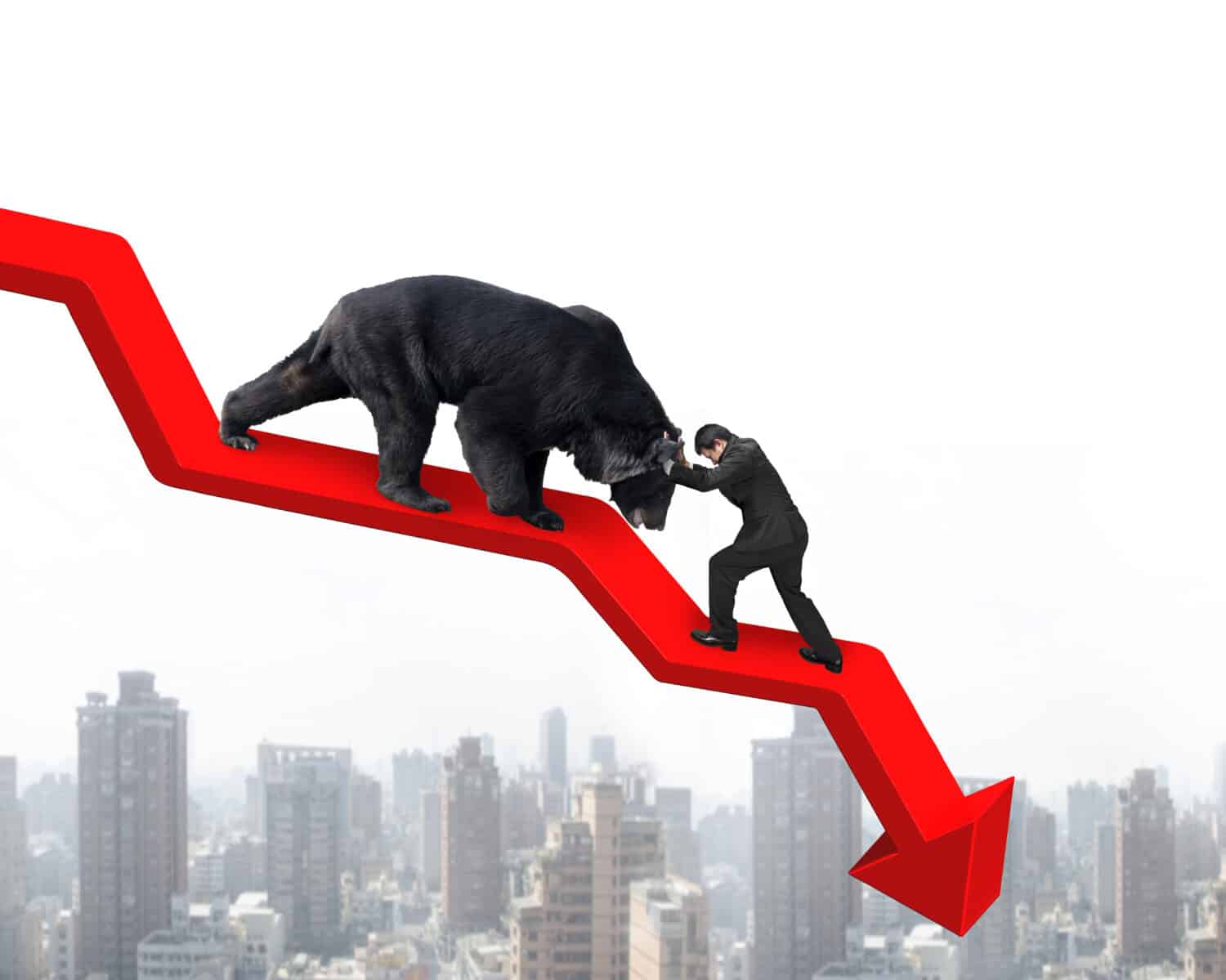$400 Billion Pours into ETFs: Why This One Is Investors’ Top Pick
While the stock market has been vulnerable to the whims of the trade war, investors have not lost confidence in ETFs. According to the latest flow data, investors poured $23.5 billion into ETFs in the week ended May 23 alone. That’s a drop in the bucket when you look through a wider lens. Year to […] The post $400 Billion Pours into ETFs: Why This One Is Investors’ Top Pick appeared first on 24/7 Wall St..
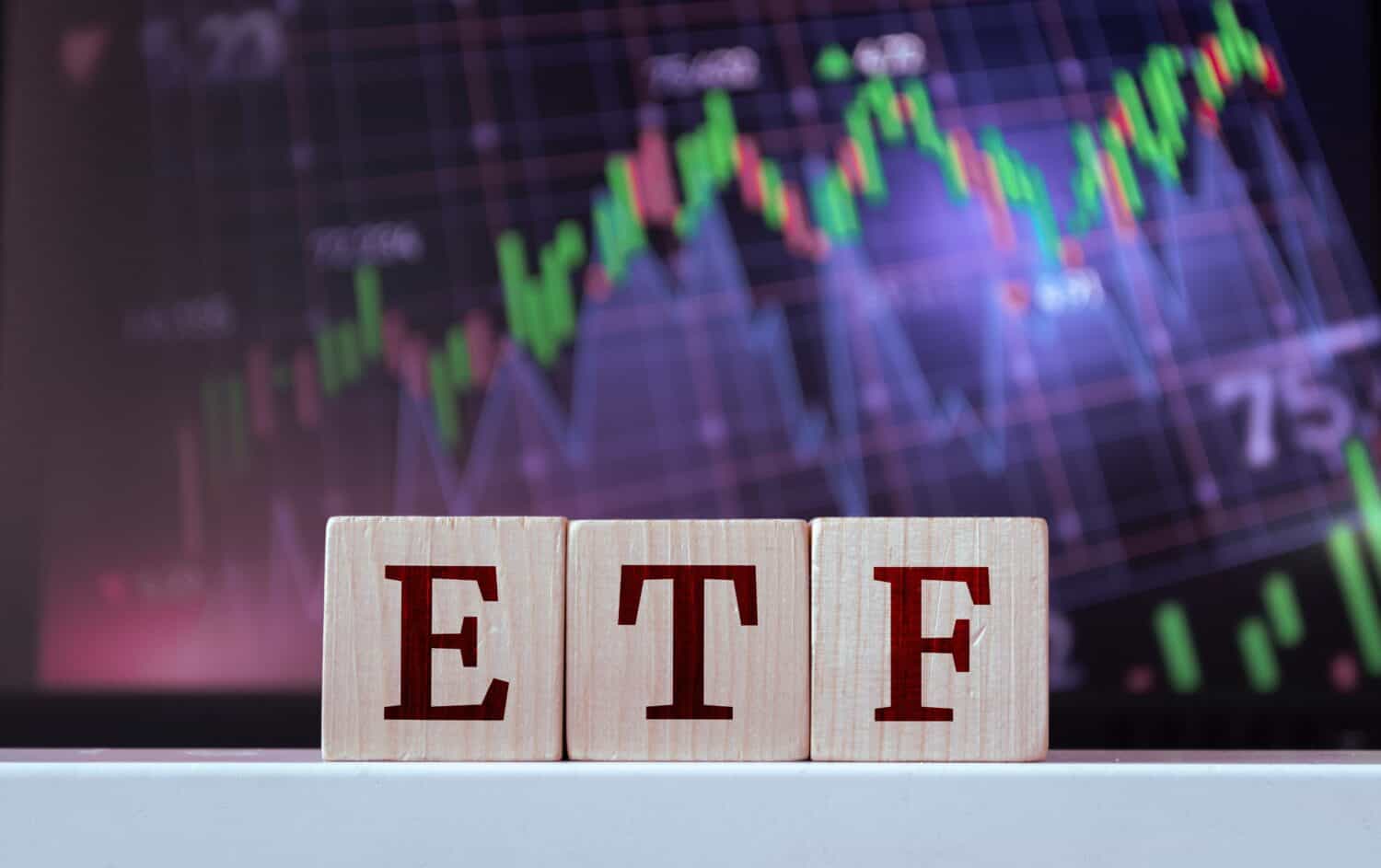
While the stock market has been vulnerable to the whims of the trade war, investors have not lost confidence in ETFs. According to the latest flow data, investors poured $23.5 billion into ETFs in the week ended May 23 alone. That’s a drop in the bucket when you look through a wider lens. Year to date, investors have directed over $400 billion into ETFs. One ETF that has attracted more capital than any other of its index peers is the wildly popular Vanguard S&P 500 ETF (VOO), raking in $60 billion of the massive total. This performance catapults VOO to near all-time high territory, a record it set just a year ago.
In a show of resilience, investors are choosing to bet big on U.S. equities despite a volatile market. When you explore VOO’s appeal in further detail, it’s easy to see what sets this broader market ETF apart from the rest of the pack as well as high-flying individual names like Microsoft or JPMorgan, for example.
Key Points
-
Investors have been pouring capital into U.S. equity ETFs despite the prevailing market volatility.
-
Vanguard’s VOO ETF has been a key beneficiary, owing to its attractive expense ratio and
-
Are you ahead, or behind on retirement? SmartAsset’s free tool can match you with a financial advisor in minutes to help you answer that today. Each advisor has been carefully vetted, and must act in your best interests. Don’t waste another minute; get started by clicking here.(Sponsor)
VOO Features
Vanguard’s VOO ETF is a large blend of U.S. equities, each earning its weighting in the fund based on market capitalization. The largest companies in the index, like Apple (Nasdaq: AAPL), Microsoft (Nasdaq: MSFT), Nvidia (Nasdaq: NVDA) and Amazon (Nasdaq: AMZN), therefore influence the performance of the VOO index more than smaller stocks that made the cut.
In addition to providing broad exposure to U.S. stocks, VOO is known for its extremely low expense ratio, hovering at 0.03%, giving investors the opportunity to pocket a greater share of returns than many other funds. According to State Street, the average expense ratio for ETFs is 0.52%. The VOO ETF generally tracks the S&P 500 index, delivering returns in line with the broader stock market.
For example, in the 12-month stretch leading up to June 2025, the VOO ETF delivered returns of 13.2% while the actual S&P 500 returned 12.2%. So in addition to the low fees, investors can gain exposure to some of the companies that are most representative of the U.S. stock market by investing in this ETF. Over the same time period, individual stocks like Microsoft and
With VOO, investors gain exposure to a diversified basket of stocks in one fell swoop rather than having to take the “do-it-yourself” approach and add stocks one by one. Taking the DIY approach can be both time consuming and pricey, not to mention complex considering you’ve got to determine the number of shares you’ll need in each stock to match or beat the broader market. With VOO, you’re basically investing in 500 stocks in real time, giving you an opportunity to invest with the sophistication of many big investors.
ETFs vs. Individual Stock Strategies
Matt Frankel CFP, whose YouTube channel boasts 11,000 followers, has taken on the topic of ETFs vs. individual stock strategies. Frankel revealed in a recent video that ETFs are the “backbone” of his investment portfolio. However, he also pushes a blended investment model in which investors pursue both individual stocks and ETFs.
But for investors who are keen on broad market exposure and diversification without having to spend an exorbitant amount of time doing research, Frankel likes low-cost index fund ETFs, including VOO as well as the Vanguard Small-Cap ETF (VB) and Vanguard International Stock ETF (VXUS). He touts those index funds as tools for building a foundational investment portfolio, giving investors exposure to market segments like large-cap, small-cap, and international stocks, with modest expense ratios. He has also highlighted the diversification and income potential of ETFs like the Vanguard Real Estate ETF (VNQ).
While ETFs score big for simplicity and broad diversification, Frankel also invests in individual stocks. Individual companies have the potential to offer higher growth potential or specific exposure that eludes broader market ETFs. This is where additional research is required, as Frankel suggests, to hunt for the “next best investments. Nevertheless, this investment pro generally advises that for foundational portfolio building, ETFs provide a more accessible and diversified path to long-term wealth creation, taking much of the legwork out of the equation for the average investor.
Balanced Approach
Investor confidence in ETFs remains robust, evidenced by substantial inflows, with VOO being a primary beneficiary. This reflects a strategic preference for diversified U.S. equity exposure despite market volatility. VOO’s popularity stems from its market-cap weighted access to 500 large U.S. companies and an exceptionally low 0.03% expense ratio, offering broad market returns efficiently. As investment pro Frankel emphasizes, ETFs like VOO serve as the “backbone” of a diversified portfolio, providing accessible, low-cost broad market exposure and simplifying investment for long-term wealth creation, potentially complementing select individual stock additions.
The post $400 Billion Pours into ETFs: Why This One Is Investors’ Top Pick appeared first on 24/7 Wall St..





